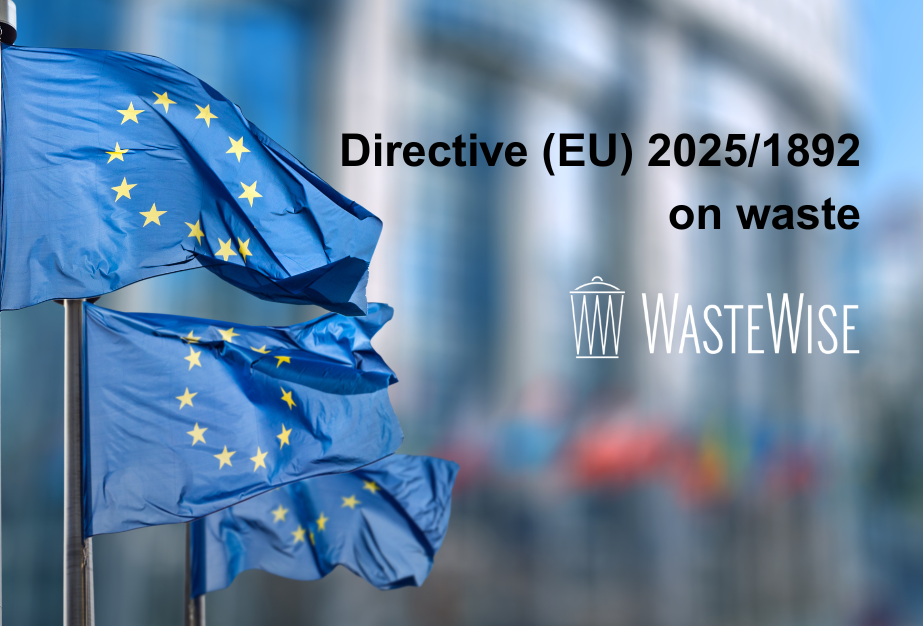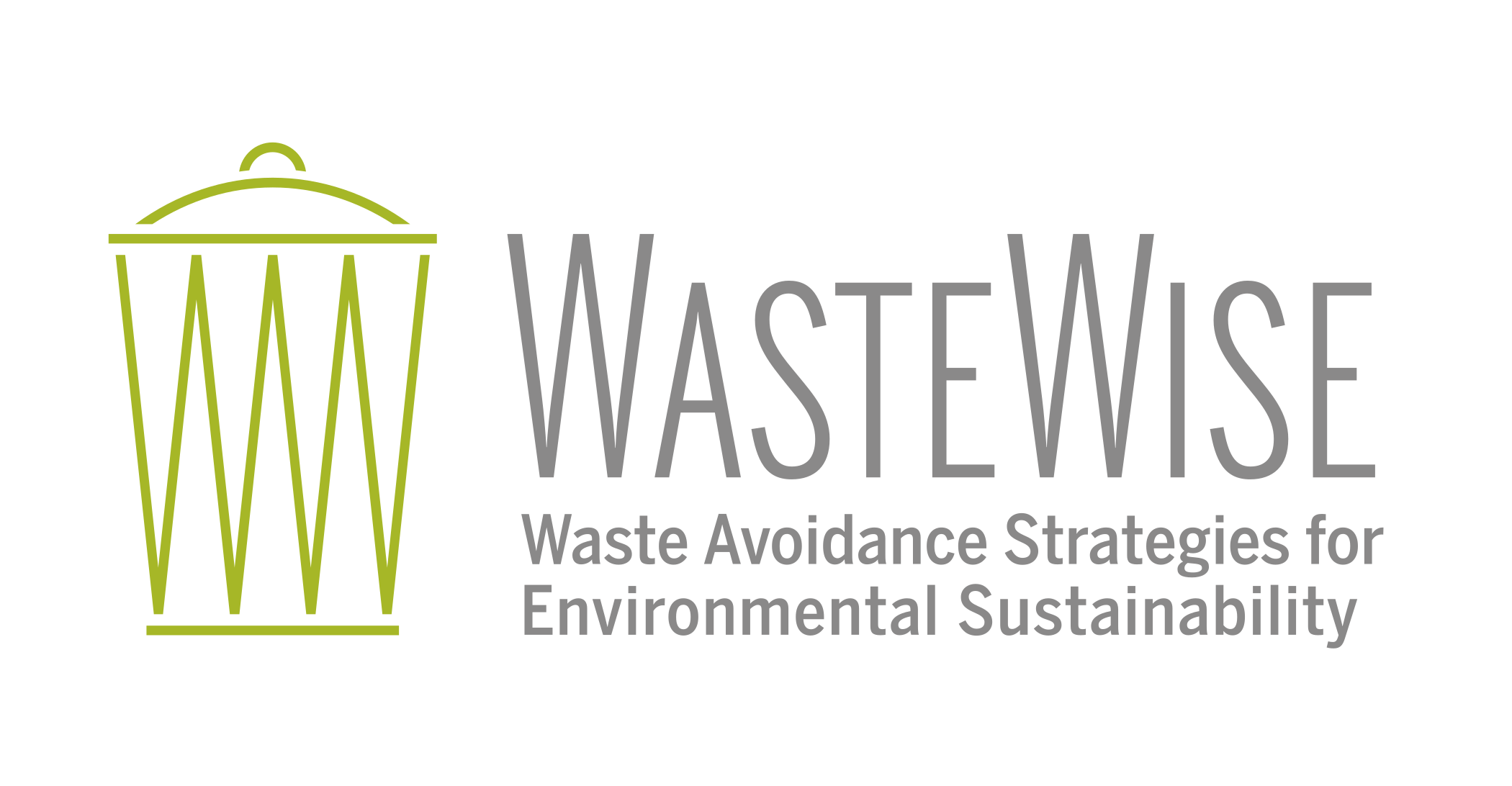
Directive (EU) 2025/1892, a milestone for EU food waste policy
Directive (EU) 2025/1892, issued by the European Parliament and the Council on 10 September 2025, amends Directive 2008/98/EC on waste and marks a turning point for food waste policy in Europe. For the first time, the European Union is introducing legally binding targets to reduce food waste across the supply chain. For instance, by 2030, Member States must reduce food waste by 10% in processing and manufacturing, and by 30% per capita food waste in retail, food services, and households, compared to the average for the period 2021–2023.
This is an ambitious and necessary goal, but targets are only as reliable as the data on which they are based. Therefore, the WASTEWISE coordination team at Natural Resources Institute Finland has the following critical questions open:
- Who measures and who funds? How are responsibilities distributed, and how much funding do Member States allocate (if any) for measuring and preventing food waste, and to whom? Understanding these governance and financing mechanisms is crucial.
- How stable is the baseline? The flexibility to select different reference years (2021–2023, or earlier) and the way data was collected during those years may affect comparability. Transparency is needed from Member States.
- From measurement to impact. Measuring food waste is only the first step. What often remains missing is the evaluation of real policy impacts. Are interventions achieving measurable reductions? Are resources being directed where they truly make a difference?
Through the WASTEWISE project, researchers at LUKE are addressing these questions. In Deliverable 1.2, the project analyses methodological details of data collection analysis for the Member States, and proposes ways to strengthen the scientific foundations of food waste monitoring and impact assessment across Europe. In deliverable 4.1, the project looks at policy coherence among different normative measures and searches for policy evaluation frameworks at EU level. Results will be publicly available in late spring 2026.
